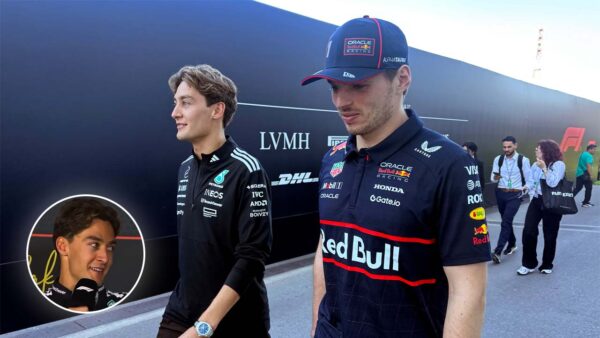The Boxer At Rest: What The 2000-Year Old Masterpiece tells us about the origins of Boxing

(Left) An amphora depicting two boxer (right) The Boxer At Rest
🔍 Explore this post with:
“The Boxer at Rest” may be just another ancient sculpture for many but it truly tells a deeper tale. Combat is among the most natural things to human beings. Even before we started assimilating into civilizations, it was a combat that had to precede it. From Romulus and Reemus during the founding of Rome to the biblical story of Cain and Abel, combat has been essential for humans to come to a solution when words fall short.
It is no surprise then that combat as a sport was adopted into our culture at a very early stage. The best remnant of this past is none other than the Greek statue of “The Boxer At Rest. “ The ancient statue was found buried in a separate chamber during the excavations around The Baths of Constantine in Rome.
While it is unclear who the statue depicts or was made for, archaeologists have concluded that the statue was sculpted in a period between the years 300 BCE and 50 BCE. Unlike prior Greek statues, that depicted the subject as invincible gods, this is from a time that prefers realism and a more humanistic approach.
Related:The Night Muhammad Ali nearly killed himself to overcome Joe Fraizer at the Thrilla In Manila
Cauliflower Ears to Battle Scars- Boxing Lessons from the Boxer At Rest

Perhaps due to the Hellenistic Kingdom being on its last legs in the period, with the rise of Rome as the Mediterranean Superpower, the statue was designed with a more human touch as the myths of their gods had failed to protect their culture from outsiders. This decision in part helps us in the modern day learn more about boxing in the ancient world.
Unlike the boxers of today who live in luxury, back then being a gladiator was a punishment for criminals, so was the case with most ancient boxers. Hence apart from having crowds cheering at them, there was nothing similar to the boxers of today and that age.
Right from the gloves they wore, known as Cestus, it was vastly different to the modern boxing glove of today. Instead of cushioning, these gloves were strapped around the knuckles with leather, which softened the damage to the knuckles but was inversely damaging for the opponent.
The statue also reveals a lot through its subtler details, like the deep scars clearly depicted on the boxer’s face, the depiction of cauliflower ears, and even an ancient form of the crotch guard, called the Kynodesme, however it had nothing to do with the safety of the boxer but was a measure to maintain public decency.
These deep scars indicate the possibility that these boxers were never stitched up , though it is believed they were familiar with the concept at the time. Moreover, it also depicts a broken nose and broken teeth, the first recorded depiction of an athlete in that state.
The statue seems to have been buried manually a few decades after the Fall of the Western Roman Empire, to protect it from falling into the list of many ancient artifacts lost to looting and plundering. There he stayed undetected and forgotten as a true Boxer At Rest for many years. Almost a millennia and a half later, Archeologist Rodolfo Lanciani became the first person to lay eyes on the ancient sculpture, reminiscing there still was something, “barbarically beautiful” about the battle-scarred boxer







